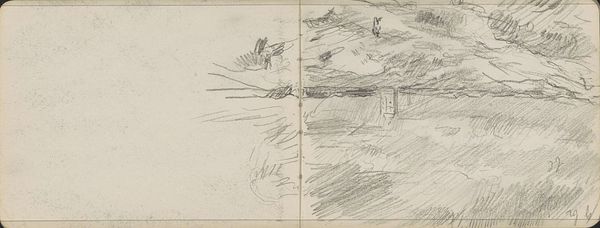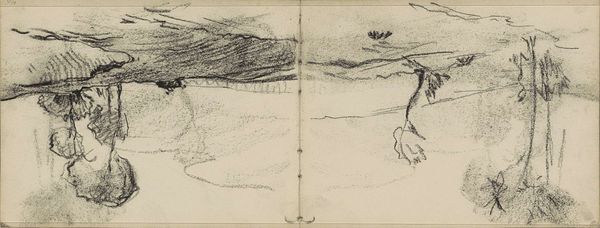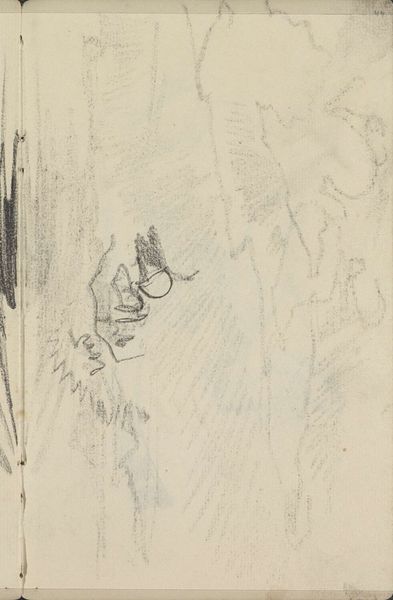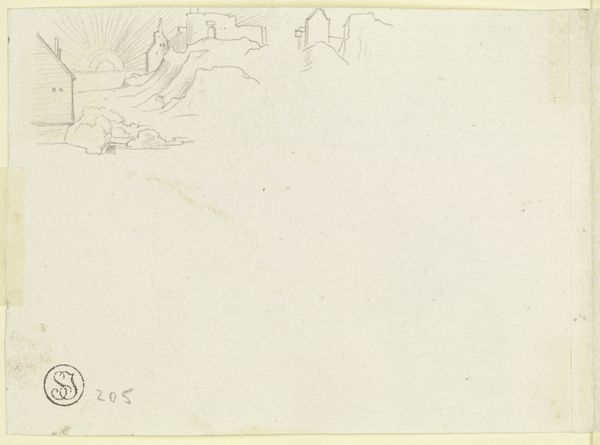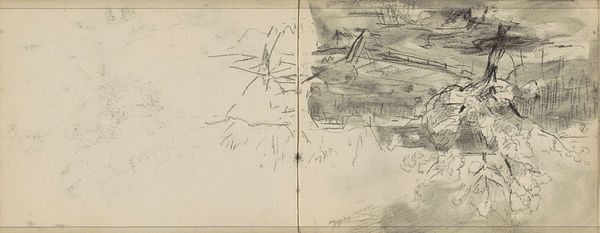
drawing
#
drawing
#
impressionism
#
landscape
#
realism
Copyright: Rijks Museum: Open Domain
Curator: Editor: Here we have "Cows in a Meadow" by Anton Mauve, a pencil drawing dating from around 1876-1879. It's a quick sketch, and it looks unfinished—sort of minimal—but still manages to capture the scene. What can you tell me about this work? Curator: Well, notice how the drawing’s sparseness itself speaks to the material conditions of artmaking at that time. Paper and pencils were relatively accessible, facilitating the rise of plein air sketching among Impressionists and Realists. The fleeting quality you perceive aligns with the direct, unmediated experience of the artist encountering the landscape and the labor involved in animal farming. How might this inform our understanding of the art market back then? Editor: It’s interesting to consider accessibility of materials... That probably dictated how many artists, especially of lower means, were able to pursue their passions... And influenced the market demand too. I guess that the relative low cost would have popularized landscape art and such rural subjects. Curator: Precisely! The artwork ceases to be merely a representation of cows but becomes a document of material processes – the labor of both the artist and the farmers, inextricably linked. Editor: That definitely shifts my perspective on it. The raw nature of the sketch, paired with its subject matter, now gives me a sense of the social context it emerged from. It's not just a pretty picture; it's about real life! Curator: Right! And looking at art this way, grounded in its making, changes how we value both high art and more everyday creations. I hope I have nudged you a bit more in this direction. Editor: Absolutely. It's great to think of a pencil drawing as holding as much cultural information as a huge oil painting! Thank you.
Comments
No comments
Be the first to comment and join the conversation on the ultimate creative platform.

